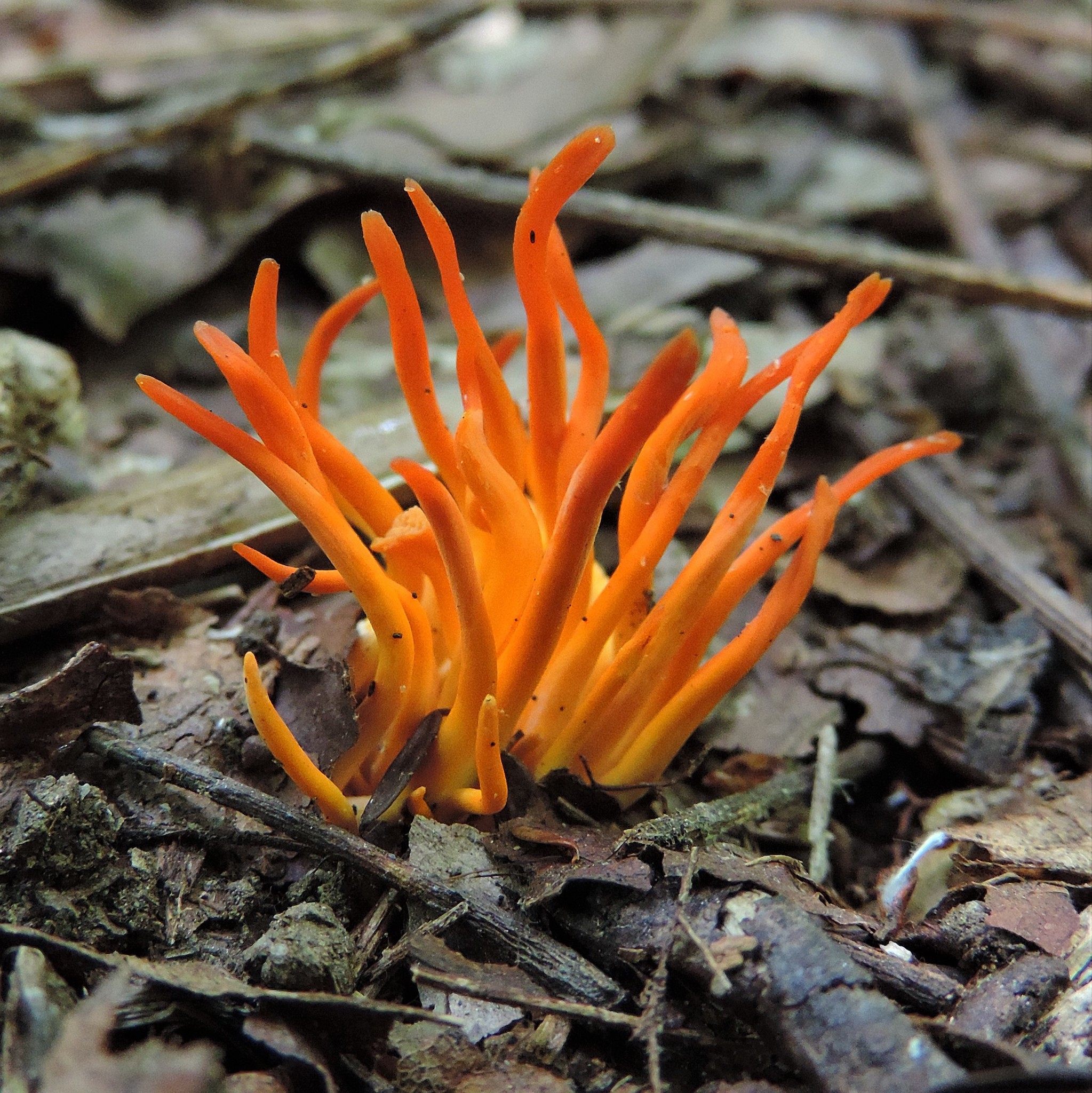In the vast and intricate world of fungi, few sights are as striking as the vibrant orange club fungi. These captivating organisms, belonging to the genus Clavariaceae, are often referred to as “club fungi” due to their unique club-like shape. Their brilliant hues and unusual forms create a visual spectacle that adds a touch of neon to the forest floor, inviting curiosity and admiration from nature enthusiasts and scientists alike.
Orange club fungi are characterized by their cylindrical, club-like structures, which can vary in height and thickness. They typically grow in clusters on decaying wood, leaf litter, or soil, thriving in moist and shaded environments. Their vibrant color is often a result of carotenoid pigments, which not only provide their distinctive appearance but also protect them from harmful UV radiation.
Fungi have long fascinated cultures around the world, and their vibrant colors often inspire folklore and artistic expression. In some cultures, brightly colored fungi are seen as symbols of transformation and renewal, reflecting their role in the cycle of life and decay. The striking appearance of orange club fungi has even caught the attention of photographers and artists, who seek to capture their beauty in various forms.